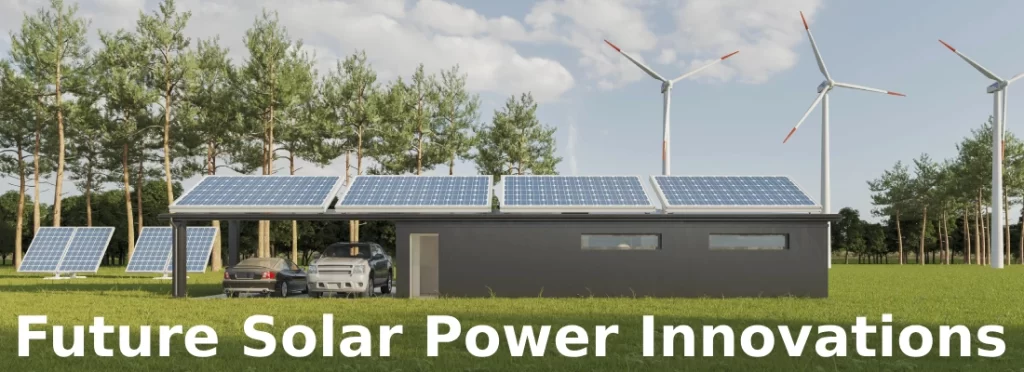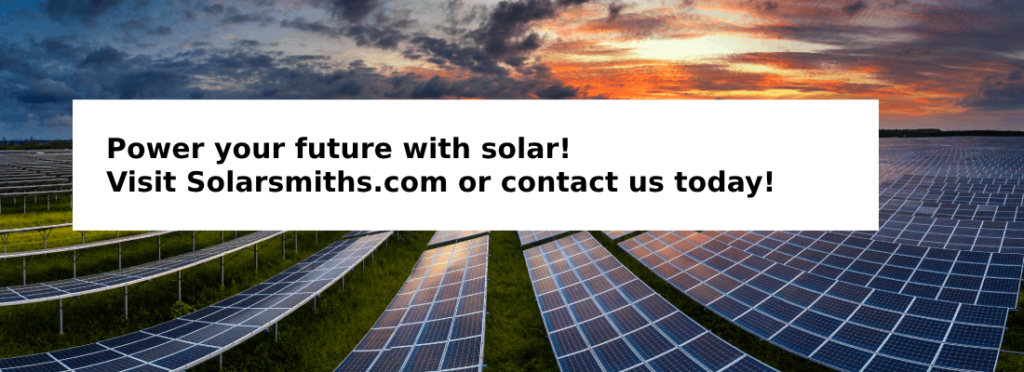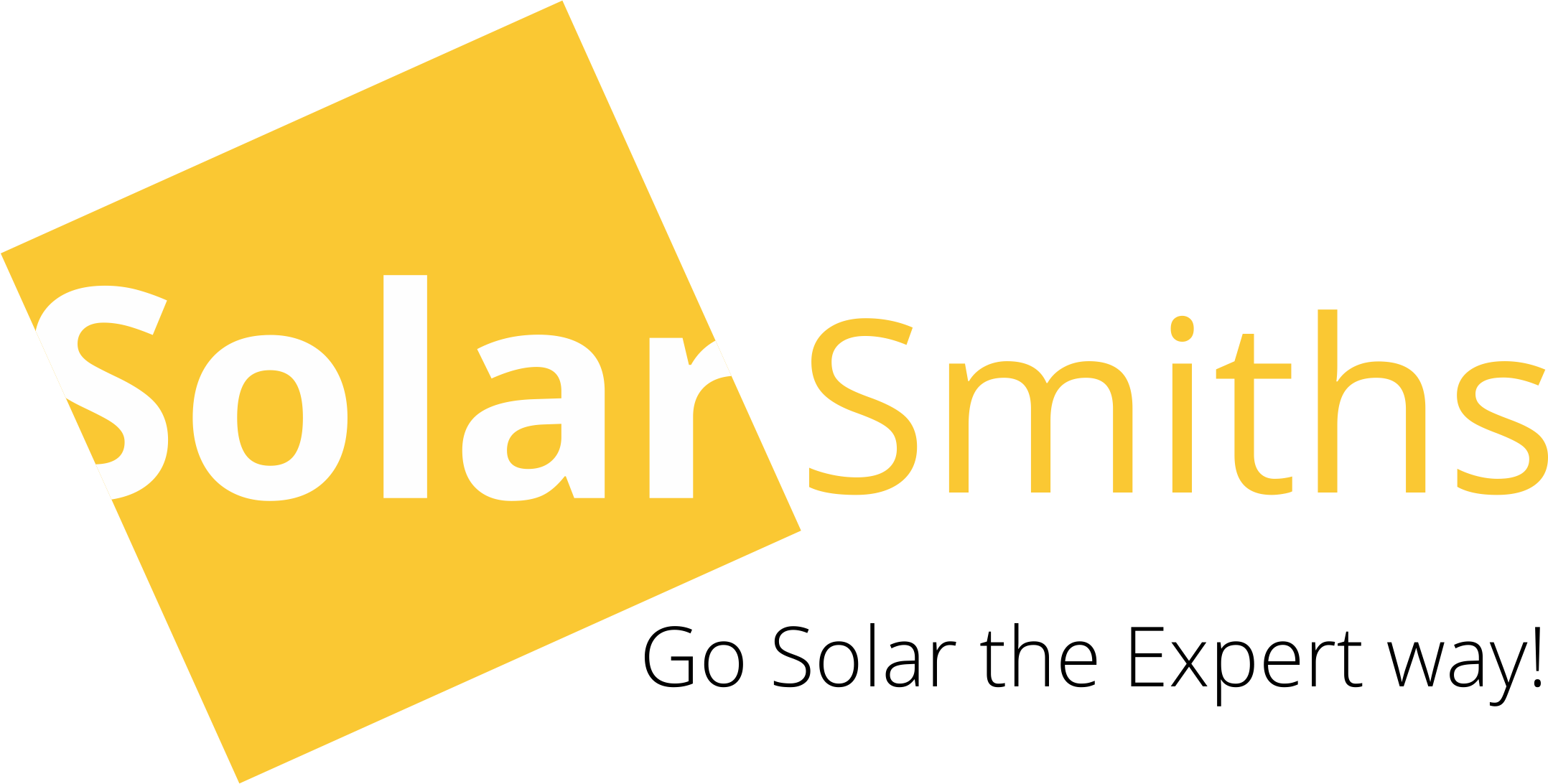The global demand for renewable energy is on the rise, as businesses and individuals alike are seeking sustainable and eco-friendly alternatives. Among these, solar energy stands out as a powerful solution to the world’s increasing energy needs. As we face the challenges of climate change and the depletion of fossil fuels, the shift towards renewable sources like solar has become imperative.
Understanding and leveraging the solar energy trends is key for anyone looking to stay ahead in this rapidly changing industry. Whether you are a business aiming to reduce your carbon footprint or a homeowner seeking to lower electricity costs, solar energy offers tremendous potential.
A thrilling advancement in solar technology is the emergence of perovskite solar cells.
These are not only cheaper to produce but also offer higher efficiency rates. Additionally, the integration of AI-optimized energy systems is transforming how solar energy is managed, making it smarter and more efficient. The innovation doesn’t stop there—transparent Rooftop solar panels are opening up new possibilities, allowing solar technology to be integrated into windows, facades, and other surfaces without disrupting aesthetics.
Start your solar journey now! Visit Solarsmiths.com Get Complete Solar Solut
In this evolving landscape, it’s crucial to keep an eye on these advancements and understand how they can benefit both businesses and individuals.


Trend 1: Advancements in Solar Panel Technology
The world of solar panel technology is evolving rapidly, with innovations designed to improve efficiency, reduce costs, and expand the range of applications. One of the most notable advancements is bifacial solar panels. These panels can capture sunlight on both the front and back surfaces, significantly increasing energy production. By utilizing reflected sunlight from surrounding surfaces, they offer enhanced efficiency compared to traditional panels.
Another exciting development is the rise of tandem cells. These combine multiple layers of photovoltaic material to absorb more sunlight and convert it into electricity, making them one of the most promising solutions for improving solar panel efficiency. These technologies promise to push solar energy even closer to grid parity.
In addition, thin-film solar panels and flexible solar materials are opening new doors for urban applications. These lightweight and versatile options can be integrated into a wide range of surfaces, from rooftops to car roofs and even clothing. Their potential for urban environments is vast, as they can be seamlessly incorporated into existing infrastructure without compromising space or aesthetics.
Solar skins now allow rooftop solar panels for home use to blend seamlessly with your home’s design, combining aesthetics with functionality. These sleek, customizable panels are making solar energy more attractive to homeowners who were previously hesitant due to concerns about the appearance of traditional solar panels.
As solar technology advances, it’s clear that the future of solar energy will be more efficient, versatile, and visually appealing.
Trend 2: The Growing Role of Energy Storage Solutions
As solar energy continues to gain momentum, energy storage solutions are becoming a crucial component in optimizing its potential. Solar power generation is intermittent, with energy produced only when the sun is shining. To ensure a consistent and reliable energy supply, efficient energy storage systems are needed to store excess energy for use during cloudy days or at night. These capabilities are essential for both residential and commercial solar installations.
Recent advances in lithium-ion batteries have significantly enhanced the ability to store solar energy efficiently. These batteries are compact, durable, and have high energy density, making them ideal for use in solar systems. However, there is also growing interest in solid-state batteries, which promise to offer even greater energy storage capacity and safety features compared to their lithium-ion counterparts. These innovations are pushing the boundaries of energy storage, ensuring that solar energy can be stored more efficiently and with less risk.
The role of AI-optimized energy systems in managing large-scale solar projects cannot be overstated. Artificial intelligence is now being used to predict energy demand, optimize energy storage, and even automate the distribution of solar energy across grids. AI can also assist in managing decentralized grids, where solar energy is produced locally and stored for local use. This technology ensures that energy flows efficiently from the source to the user, reducing waste and enhancing grid reliability.
With these advancements, solar energy is becoming a more viable and sustainable option, not just for individual homes but also for large-scale applications. As we continue to improve energy storage technologies and leverage AI, the future of solar energy looks brighter than ever.
Trend 3: Floating Solar Farms and Cooling Effect Efficiency
Floating solar farms are emerging as an innovative solution to maximize solar energy generation without taking up valuable land. These solar farms are installed on bodies of water, such as lakes, reservoirs, and ponds, offering a unique alternative to traditional land-based solar installations. Their growing popularity is driven by the need to optimize space while producing renewable energy.
A key advantage of floating solar farms is their ability to conserve land. By utilizing water surfaces instead of land, these solar installations help preserve agricultural or urban areas for other uses. In addition, the cooling effect provided by the water beneath the panels plays a significant role in enhancing their efficiency. As solar panels can overheat and lose efficiency in high temperatures, the water acts as a natural cooling system, reducing the operating temperature of the panels and improving overall performance.
Notable projects like the Kayamkulam Floating Solar Plant in India are setting examples for the future of solar energy. Located on a reservoir, this project is one of the largest floating solar plants in the country and demonstrates the potential of this technology to contribute to large-scale renewable energy generation. The cooling effect of the water in this project has been shown to increase the efficiency of the solar panels, making it a model for other regions to follow.


As floating solar farms continue to grow in popularity, they offer a sustainable and efficient way to harness the power of the sun while minimizing land use and optimizing energy production.
Floating solar farms are not just an innovation; they are a game changer for sustainable energy generation.
Trend 4: Perovskite Solar Cells – The Next Frontier
Perovskite solar cells are rapidly emerging as a breakthrough in solar technology, offering the potential to revolutionize the way we harness solar energy. These cells are named after the mineral perovskite, which forms the basis of the material used in their construction. One of the key advantages of perovskite solar cells is their higher efficiency compared to traditional silicon-based solar panels. Their ability to absorb light more effectively makes them a promising alternative for increasing energy production from the same surface area.
Another exciting aspect is their cost-effectiveness. Perovskite solar cells are much cheaper to manufacture than traditional silicon-based panels, making them an attractive option for widespread adoption. This could dramatically reduce the overall cost of solar energy, bringing it closer to grid parity, and making renewable energy more accessible to individuals and businesses alike.
As solar technology continues to advance, perovskite solar cells play a crucial role in pushing the boundaries of what’s possible. Their potential to outperform and replace traditional solar panels is one of the most exciting developments.
Trend 5: Transparent Solar Panels – Expanding Applications
Transparent solar panels are transforming the way we think about solar energy in urban environments. These panels are designed to be integrated into windows, facades, and other surfaces, making them an ideal solution for modern architecture. Unlike traditional opaque solar panels, transparent versions allow natural light to pass through, creating a seamless blend of functionality and aesthetics.
This technology opens up a world of possibilities for buildings, allowing them to generate solar power without compromising on design or space. In urban settings, where land is limited, transparent solar panels offer an innovative way to capture solar energy from vertical surfaces like windows, helping to maximize energy generation without taking up extra space.
One of the most significant contributions of transparent solar panels is their role in achieving net-zero energy buildings. By generating renewable energy while maintaining the building’s functionality and aesthetic appeal, these panels help reduce the building’s reliance on external power sources, contributing to sustainable design. They offer a smart and eco-friendly solution for architects and urban planners aiming to create energy-efficient, green buildings.
Trend 6: Declining Cost of Solar Panels
The declining cost of solar panels is one of the most significant factors driving the global adoption of solar energy. Over the past decade, advancements in manufacturing and material technologies have led to a significant reduction in production costs. This has made solar energy more affordable for consumers and businesses alike, accelerating its integration into energy systems worldwide.
As solar panels become more cost-effective, their impact extends to emerging markets and rural electrification. In regions where traditional power infrastructure is limited or non-existent, solar energy provides an accessible, sustainable alternative. Lower solar panel costs make it easier for these areas to leapfrog outdated energy systems and adopt clean, renewable energy solutions.
Government incentives also play a crucial role in further reducing the cost of installation. Subsidies, tax credits, and grants encourage both commercial and Residential solar adoption by offsetting a portion of the initial installation costs. These financial incentives make solar more attractive and feasible for a wider range of consumers, helping to bring renewable energy into the mainstream.
With decreasing costs and increasing support, solar power is becoming a global solution for affordable, clean energy, particularly in underserved regions.
Trend 7: Smart Solar Solutions with AI and IoT Integration
The integration of AI and IoT technologies into solar systems is creating smart solar solutions that are optimizing performance and improving energy efficiency. One of the key advancements is IoT-enabled monitoring, which allows solar panel owners to track performance in real-time. Through connected devices, sensors continuously monitor factors such as panel output, temperature, and energy generation, ensuring optimal efficiency and quick detection of issues for faster maintenance.
In addition, AI-powered energy grids are transforming how solar energy is managed. These grids use artificial intelligence to predict energy demand, balance supply, and optimize energy storage. By analyzing vast amounts of data, AI can make real-time adjustments to improve efficiency, reducing energy waste and enhancing the overall performance of solar systems.
Real-world examples of smart solar systems are already improving energy use in various sectors. For instance, some commercial solar systems use AI to automatically shift energy production to meet peak demand times, enhancing grid stability. Similarly, IoT-enabled solar systems in homes allow users to manage their energy use remotely, ensuring they only consume the energy they need while maximizing savings.
As smart solar solutions continue to evolve, they promise a more efficient and sustainable future for solar energy.
Trend 8: Solar Energy for Electrification of Transport
Solar energy is playing an increasingly important role in the electrification of transport, particularly in powering electric vehicles (EVs). Solar panels can be used to create sustainable charging infrastructure for EVs, reducing reliance on the grid and making transportation more eco-friendly. Solar-powered charging stations are becoming more common, enabling EV owners to charge their vehicles using clean energy, further lowering their carbon footprint.
Innovations in solar-powered vehicles are also on the rise. These vehicles integrate solar panels directly into their design, allowing them to generate energy while in motion or when parked, reducing the need for external charging. This advancement not only enhances the environmental benefits of EVs but also makes them more self-sufficient, contributing to a more sustainable future for transportation.
With the combined potential of solar power and electric vehicles, we are moving closer to a cleaner, greener transportation system.
Trend 9: Community Solar Projects and Decentralized Energy
Community solar projects are gaining momentum as a way to provide shared energy access to people who may not have the ability to install their own solar panels. These projects allow multiple households or businesses to share the energy generated by a single solar farm, making solar power more accessible and affordable for all.
In rural electrification, community solar initiatives offer a solution for areas with limited access to grid infrastructure. By pooling resources, these communities can benefit from clean, renewable energy without the need for expensive individual installations. In urban areas, cost-sharing through community solar makes it easier for low-income households or renters to access solar energy, reducing their overall energy costs.
These decentralized energy systems are not only democratizing access to solar power but also contributing to a more resilient and sustainable energy future.
The future of solar energy is brighter than ever, with innovations such as perovskite solar cells, floating solar farms, and AI-powered energy systems reshaping the industry. These trends are driving efficiency, affordability, and sustainability, making solar power more accessible worldwide. As the demand for renewable energy grows, embracing these advancements is key to building a sustainable future.
At Solarsmiths, we are proud to offer innovative solar solutions that harness the power of the sun to create cleaner, greener energy. Be part of the solar energy revolution and shape a brighter future with us today!



